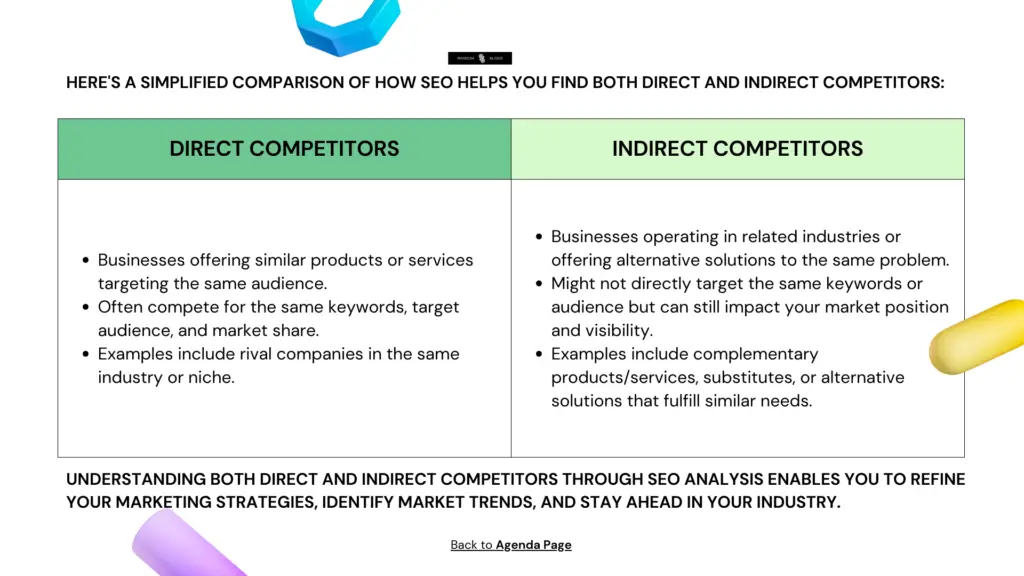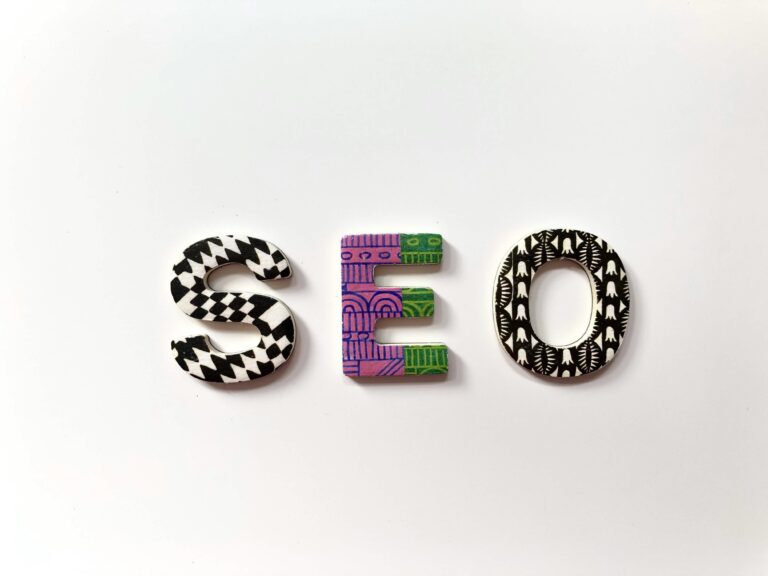
Table of Contents
Understanding Linking and Search Rankings
When you search for something on the internet, you probably notice that some websites appear at the top of the results page. Ever wonder why? One big reason is links. Links are like pathways between different websites. When a lot of other websites link to a particular site, it tells search engines like Google that the linked site is important or trustworthy. This can help that site show up higher in search results.

Understanding the Need for Links
To rank high in search results, you need as many links as the other top-ranked websites. Think of it like a popularity contest. If lots of other websites are talking about yours and linking to it, search engines will think your site is popular and important, so they’ll show it to more people when they search for related things.
Determining the Baseline: How Many Links Do You Need?
So, how do you figure out how many links you need? Well, you look at the websites already ranking high in search results for the topic you want to rank for. Then, you see how many links they have pointing to their site. This gives you an idea of how many links you might need to compete with them.

Steps to Calculate Links Needed
- Choose a Broad Topic: Start by picking a general topic that you want to be known for. For example, if you run a fitness center, your topic might be “workout routines.”
- Run a Search: Go to Google and type in your topic. Look at the top 10 results.
- Check Links: Use a tool like Moz’s Open Site Explorer to see how many other websites are linking to each of the top-ranking pages.
- Calculate Average: Add up the number of links for each of the top-ranking pages, then divide by 10 to get the average. This gives you an idea of how many links you might need to aim for.
Identifying Relevant Content
Okay, so now you know how many links you might need. But what kind of content should you be linking to? Well, to answer that question, you need to look at the content of the top-ranking pages.
Themes and Elements in Ranked Pages
When you look at the websites ranking high in search results, you’ll notice some common themes and elements. Maybe they all have long articles, or maybe they include lots of helpful images or videos. Whatever it is, these common elements are important clues about what kind of content search engines like Google prefer.

Assessing Your Content
Once you understand what kind of content search engines like, you can compare it to your own content. Does your website already have content that’s similar in structure and feel to the top-ranking pages? If it does, great! You can start working on getting more links to that content. But if your content is very different, you might need to create something new that matches the style of the top-ranking pages before you start trying to get more links.

Linking Your Way to the Top
So, how many links do you need to rank on the first page of search results? It depends on how many links your competitors have. By analyzing the top-ranking pages and understanding what kind of content search engines prefer, you can figure out how many links you need and what kind of content you should be linking to. Then, it’s just a matter of putting in the work to get those links and improve your search ranking.







2 thoughts on “How Many Links Does Your Content Need to Rank on Page One? (SEO)”